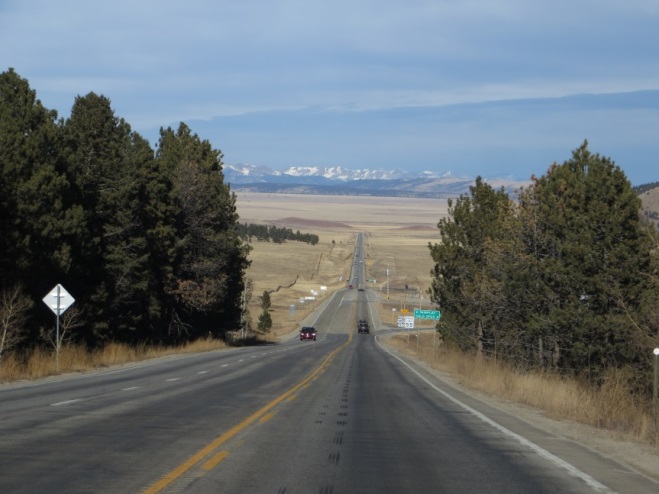Table of Contents

Subdivision and site design standards are used by communities to regulate how parcels of land are divided into developable lots, and how those lots are subsequently designed and laid out through the development process. Subdivision typically includes the creation of a sketch plan (showing basic lot layout and provisions for public infrastructure), and subsequent creation of a more detailed preliminary plat (indicating building footprints and specific measurements), and then culminating in a final plat that creates the new lots. Abbreviated procedures are typically established for minor subdivisions that involve the creation of just a handful of lots.
As communities grow, they should identify where new growth should be concentrated through long-range planning mechanisms, such as the comprehensive planning process. There can be pressure to locate new development in areas that are known to be at risk from hazards. Communities must balance competing interests when reviewing proposed development. For example, the need for additional workforce housing in a community should be balanced against the desire to protect natural areas, view corridors, and natural hazard areas, as well as the safety and welfare of future inhabitants of the development. Communities are challenged with keeping development out of harm’s way while allowing individuals to develop land consistent with stated policies. Communities can often find middle ground through subdivision standards that allow for new subdivisions to be approved when they meet conditions to mitigate hazards, such as water cisterns for wildfire protection, slope stabilization for landslide and rockfall, and keeping buildable lots out of the floodplain. Additional incentives and regulations can be explored such as cluster subdivisions, density bonuses, and Transfer of Development Rights (TDRs), each of which are good tools for promoting avoidance of hazards. Each of these are discussed in separate planning tool profiles.
Pagosa Springs adopted sensitive area protection standards for subdivisions and for redevelopment of existing areas in its Land Use and Development Code (2015). The standards generally address the following issues:
- Slopes. Slopes greater than 30 percent, or otherwise unstable or subject to hazards, are not allowed to be platted or developed for residential uses without mitigation controls in place.
- Natural Features. Subdivisions or development shall protect waterways, vegetation, and rocks and other natural features or vistas.
- Areas of Special Flood Hazard. Mapped special flood hazard areas identify areas where subdivisions shall not be approved without evidence that it is not in a flood hazard or meets other flood damage protection regulations to the satisfaction of the floodplain administrator.
- Geologic Hazard Areas. Subdivisions and site plans must meet mitigation conditions prior to approval in mapped geologic hazard areas in the Town as the information becomes available, including provisions to prevent danger to human life or property.
- Wildfire Hazard Areas. Applicants for subdivisions or other development must provide evidence from a professional forester that the proposal meets several conditions, including adequate roads for emergency services and criteria for wildfire areas published by the Colorado State Forest Service.
- Perimeter Fencing. Limits the height to protect migration of elk and deer.
- Riparian Setbacks. To promote and preserve the quality of the river ecology, aesthetic, and recreation.
In terms of hazard mitigation, the primary benefit of adopting effective subdivision and site design standards is to ensure that new development occurs in a high quality, well-designed manner that avoids potential high-hazard areas, in addition to meeting other important community goals. Other benefits include:
- Effective at managing new development in growing communities. Clearly defining hazard areas allows elected officials to say no to new development in unsafe areas.
- Provides additional protection for defined hazard areas without negotiation on a case-by-case basis. Approval criteria can be stated in the code, making expectations clear to the developer and the decision makers.
- Can be tailored to fit a common set of review procedures. Adding natural hazards as a component of existing subdivision regulations can be done relatively easily through an ordinance amendment.
- Relatively easy to maintain over time, following initial adoption.
As is the case with many planning tools, subdivision and site design standards that address hazard mitigation must also strike a balance with other community objectives and private property rights.
- To mitigate natural hazards, a fairly technical mapping of hazard areas is required. Identifying hazard areas can be costly, and keeping mapped areas up-to-date following successful mitigation measures requires a continual maintenance program.
- Requires a land use code amendment, which requires action by the governing body.
- Geared toward new development, and has little ability to address existing development in hazardous areas.

 In addition to these standards, approval criteria for major subdivisions also address areas that may involve soil or topographical conditions that present hazards.
In addition to these standards, approval criteria for major subdivisions also address areas that may involve soil or topographical conditions that present hazards.